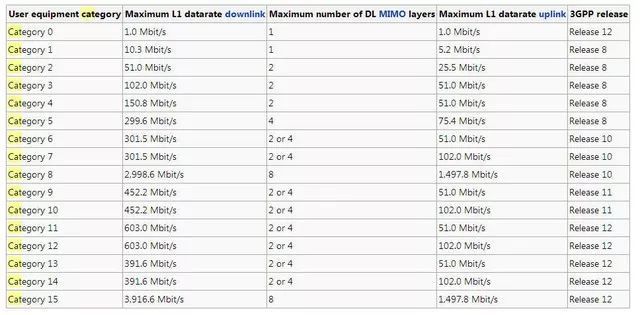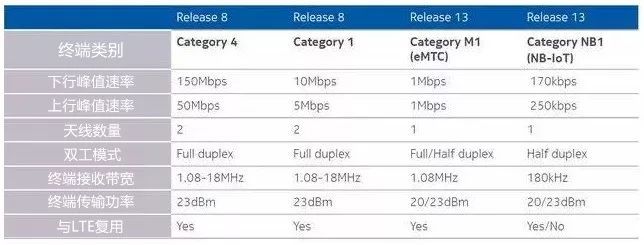Cellular Internet of Things, represented by NB-IoT, eMTC, LoRa, and Sigfox.
The difference between them is mainly in power consumption and distance. It's a bit like surfing the Internet, using Wi-Fi, or using data services.
The former Internet of Things is the world of WLAN Internet of Things technology. However, in the past few years, the rise of cellular Internet of Things technology has taken the limelight.
Cellular IoT technology is also part of the LPWA technology (Low Power Wide Area), which we have repeatedly introduced before.
Specifically, in the 3GPP specifications, there are three wireless connection technologies for the Internet of Things, namely NB-IoT, eMTC, and EC-GSM. EC-GSM is based on GSM (2G) technology and is currently largely unnoticed. Therefore, the focus is on NB-IoT and eMTC.
In other words, as the creator of LTE, the 3GPP organization has always regarded the Internet of Things as an important evolution direction of LTE.
As early as 2008, the first version of LTE R8 (Release 8), in addition to the terminal level of Cat.3, Cat.4, Cat.5 and other broadband multimedia applications, also has an uplink peak rate of only 5Mbit/s. Terminal class Cat.1 for "low rate" applications such as the Internet of Things.
note! Cat here is not the meaning of cat, it is the abbreviation of Category, the meaning of "category, classification". Cat.X is the UE-Category and the UE is the User Equipment. The value of Cat.X is used to measure the wireless performance of the user terminal equipment. To put it bluntly, it is used to divide the terminal rate (level).
The category 0-15

The origin of CAT-M1

CAT-1, CAT-4, CAT-M1, NB-IOT


